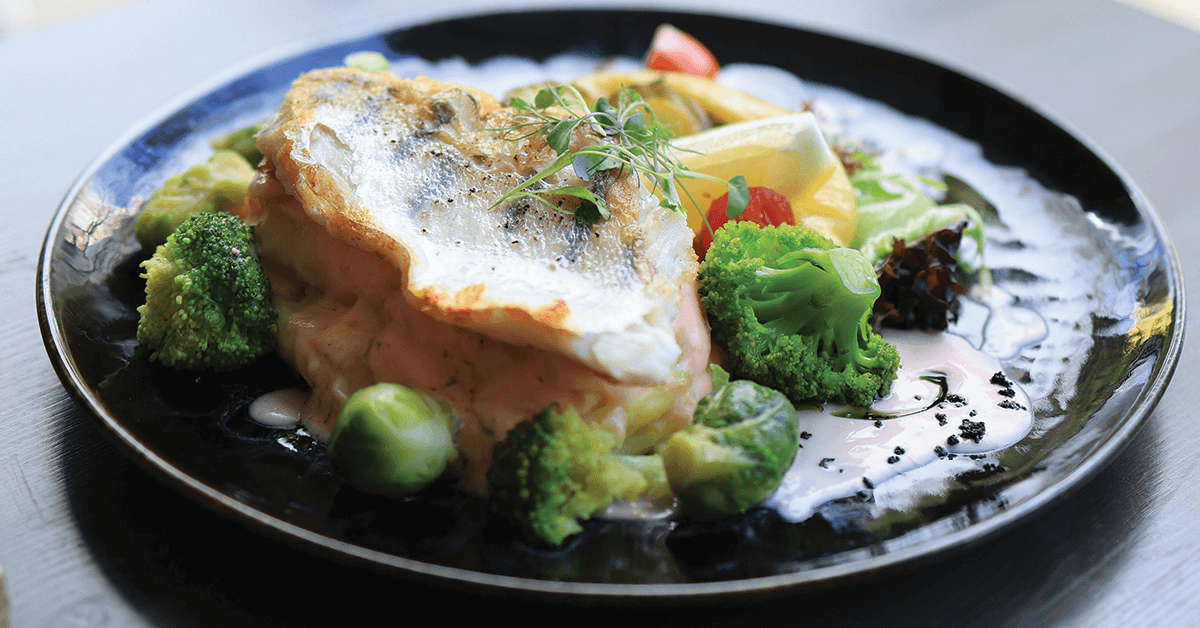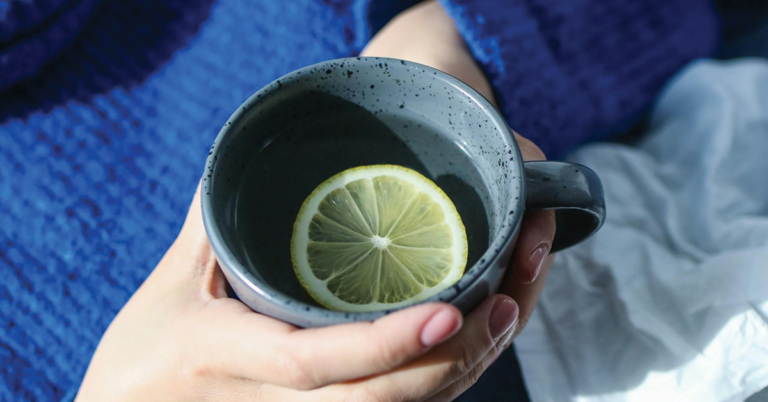Top 5 Foods I Eat to Reduce Inflammation
Although I’m not a nutritionist or a doctor and am not intending to (or qualified to) give medical advice, I have learned so much about how to reduce inflammation with diet.
I’m a chronically ill girlie who suffers from SIBO, an autoimmune disorder, and thyroid disease. In 2022, I completely changed what I was eating to reduce inflammation with the help of a registered dietician.
My dietician understands the concept of functional medicine, which takes a root-cause approach to illness and wellness. Essentially, the idea is that lifestyle changes and food changes can be extremely effective when managing chronic illness, and sometimes can even help reverse it.
I found this to be true in my own life. Since I went gluten-free and dairy-free in the beginning of January 2022, my eczema completely went away. I attribute this to reduced inflammation within my body due to the elimination of these foods. According to the National Eczema Association, “Diet plays a significant role in our skin’s overall health. Identifying how different diets affect your skin can help minimize eczema.”
When I’m going through a flare-up, there are certain foods that I like to eat to reduce inflammation for a bit. These foods are rich in omega 3 fatty acids and antioxidants like quercetin, which are both known for reducing inflammation. I will also take these as supplements pretty much daily. Please ask your doctor before starting a diet or supplements. Here are some of my go-to’s when I need to give my gut a break.
Top 5 Things to Eat to Reduce Inflammation
1. Wild Caught Salmon
Salmon is amazing for reducing inflammation. I specifcally must say “wild-caught salmon” ever since I watched a documentary that taught me about farmed salmon. All I have to say is, you want wild caught! Salmon is rich in omega 3 fatty acids, which help keep inflammation down in your body. Bake it with some garlic-infused olive oil on a sheet pan full of veggies for a delicious and easy anti-inflammatory dinner,
2. Leafy Green or Cruciferous Vegetables
My dietician told me to eat cooked vegetables while dealing with gut issues because they’re easier to digest that way. I have found that to be true. While I can tolerate lettuce, arugula, and many other raw veggies, I do seem to have an easier time when they are cooked. Leafy green vegetables (such as kale and collard greens) and cruciferous vegetables (such as broccoli and cauliflower) are known for reducing inflammation. Add them to your diet more easily with frozen broccoli and cauliflower rice. Cook collard greens at the beginning of the week as a meal prep. Use kale for breakfast scrambles and smoothies.
3. Flax Seeds
Flax seeds are a staple in vegan baking with the ability to use flax eggs as an egg replacer. They also work well when added to recipes like smoothies, granola, crackers, breads, and more. Flax seeds are high in omega 3s, which means they’re a great choice to eat for reducing inflammation. They’re also high in fiber. Once they’ve been opened, keep the bag sealed up tightly in the fridge to keep them as fresh as possible.
4. Berries
A great low-sugar fruit option, berries such as blueberries, raspberries, strawberries, and blackberries are high in antioxidants. This means they have anti-inflammatory properties that reduce inflammation in the body. A small amount of berries is allowed on the anti-candida diet, which I’ve been following loosely for a while as I continue to deal with ongoing SIBO and SIFO symptoms. Berries are also a great option when you’re on a processed sugar-free diet (if you’re still consuming the natural sugars found in fruit, that is).
5. Olive Oil
Olive oil is my favorite cooking oil! Be sure to buy olive oil that is high quality. It might not seem like it matters, but I’ve had enough bad-tasting olive oil to notice a difference. Look for oil that’s only from a single country, such as Italy. Some manufacturers get oil from distributors in multiple countries to save money. Be sure to look for “extra virgin” olive oil. Also, opt for a glass container rather than a plastic one.
There you have it; these are my top 5 ways to eat to reduce inflammation. What are yours? Anything I missed? Let me know in the comments!


